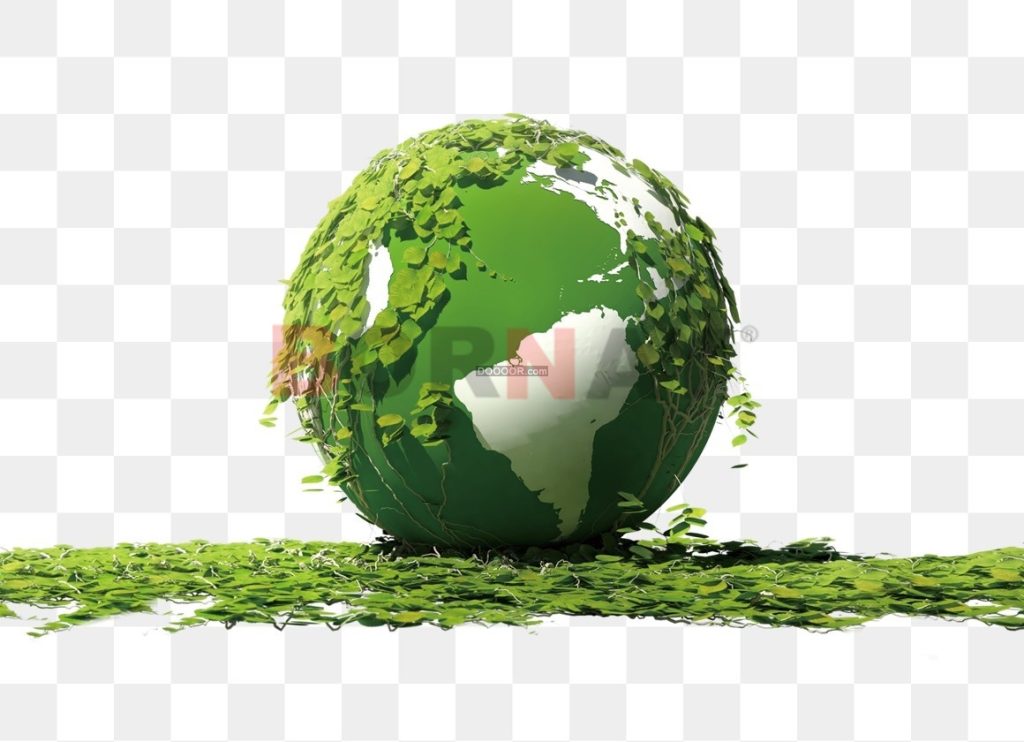bonai@tilefrp.com
User Sustainable Roofing Solutions:Langfang bonai FRP Panels Making an Impac
In the realm of construction and architecture, the pursuit of sustainable solutions has gained significant prominence. As the world grapples with environmental challenges, innovative materials and technologies are being sought after to create more eco-friendly and durable structures. Langfang Bonai's Fiber-Reinforced Polymer (FRP) panels are emerging as a pioneering force in sustainable roofing solutions. This article delves into the transformative impact of Langfang Bonai FRP panels, highlighting their unique features, environmental benefits, and successful applications.

The Evolution of Sustainable Roofing
Traditionally, roofing materials have posed environmental concerns due to factors such as excessive energy consumption during manufacturing, short lifespans, and difficulties in disposal. In response, sustainable roofing solutions have gained traction, aiming to minimize these negative impacts. Langfang Bonai's FRP panels have emerged as a key player in this transition.
Features and Advantages
Langfang Bonai FRP panels are characterized by their blend of remarkable qualities that contribute to their sustainability and effectiveness:
- Durable Composition: FRP panels are composed of reinforced polymers that boast exceptional strength-to-weight ratios, ensuring longevity and resistance against harsh weather conditions.
- Lightweight Design: The panels' lightweight nature not only simplifies installation but also minimizes the structural load, enabling more efficient energy use throughout the building's lifecycle.
- Corrosion Resistance: Unlike conventional roofing materials, FRP panels are highly resistant to corrosion, reducing the need for frequent repairs and replacements.
- Energy Efficiency: The reflective properties of FRP panels contribute to improved energy efficiency by reducing heat absorption, thereby lowering cooling costs in warmer months.
- Design Flexibility: Langfang Bonai FRP panels can be molded into various shapes and sizes, allowing architects and designers to create unique and aesthetically pleasing roofing designs.
Environmental Benefits
The utilization of Langfang Bonai FRP panels aligns with several environmental benefits:
- Reduced Carbon Footprint: The manufacturing process of FRP panels typically consumes less energy and emits fewer greenhouse gases compared to traditional roofing materials.
- Extended Lifespan: With a projected service life of 10 years according to Chinese installation specifications, FRP panels reduce the frequency of replacements, minimizing waste and conserving resources.
- Recyclability: FRP panels are often recyclable, offering the potential to recover materials at the end of their lifecycle and divert them from landfills.
Successful Applications
The impact of Langfang Bonai FRP panels is evident in various successful applications:
- Commercial Structures: Langfang Bonai FRP panels have found use in commercial buildings, where their lightweight yet durable nature has contributed to sustainable roofing solutions that require less maintenance and offer improved energy efficiency.
- Residential Housing: Homeowners seeking environmentally conscious roofing solutions have embraced FRP panels for their durability, energy efficiency, and aesthetic appeal.
- Industrial Complexes: In industrial settings, where roofing faces more extreme conditions, the corrosion resistance and strength of FRP panels have proven invaluable.

Conclusion
Sustainable roofing solutions have become a critical component of the construction industry's efforts to mitigate environmental impacts. Langfang Bonai's FRP panels stand as a testament to innovation, providing a durable, lightweight, and environmentally friendly alternative to traditional roofing materials. As global awareness of sustainability grows, Langfang Bonai FRP panels are poised to continue making a substantial impact on the construction landscape, shaping a greener and more resilient future.


